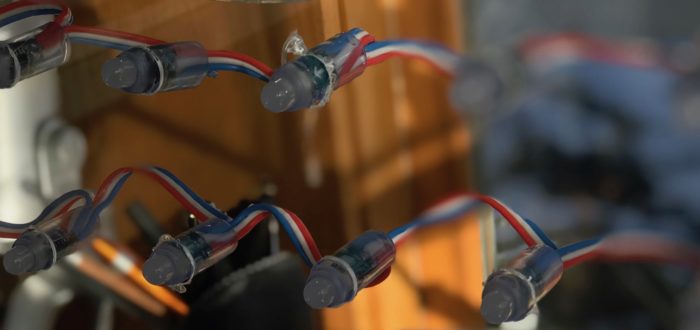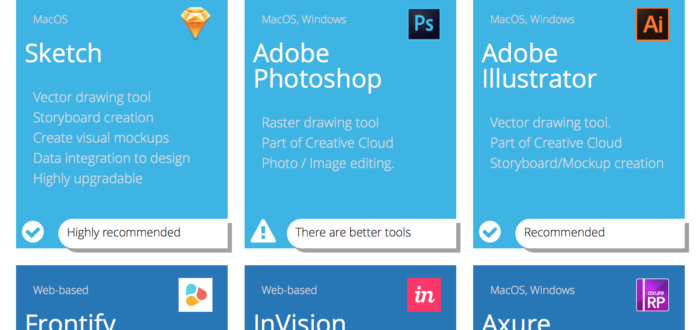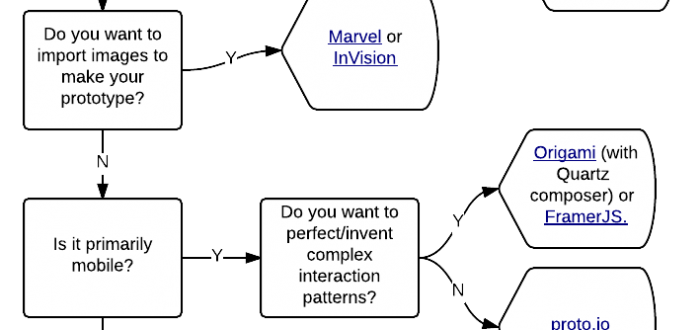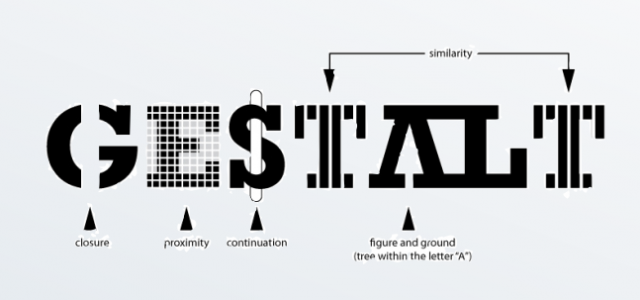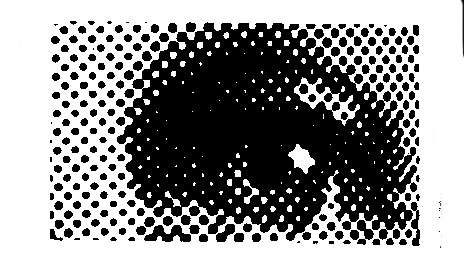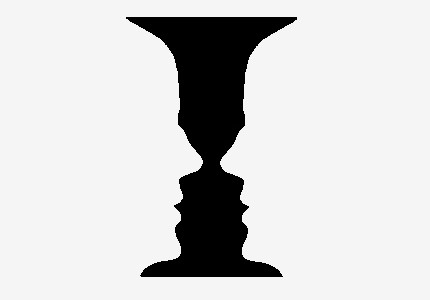I’ve written many articles, both here and on Medium. Blog posts are a better term, but whatever phrase we use, writing for me is an essential tool for expressing and analyzing ideas. Determining a suitable topic, outlining sequence and concepts, then creating a compelling narrative where others may gain from my perspective. Paragraph after paragraph,
ABOUT InterFACE
I studied sculpture in art school, and been a gallery artist early in my career. Like many, the world of the internet and digital design has taken up most of my time and energy and became my vocation. Art made way for commerce. Hands-on object manipulation turned to virtual clicking, swiping and keyboarding. I was
It seemed not too long ago that most websites were designed with tools intended for print design. The venerable Photoshop or Illustrator was brought into this new medium and used to draw out the web page. I never felt satisfied with these static images, they seemed so out of step with the workflow, the patterns
Most design teams function within a project management structure. Someone is there to keep track of the deadlines, the deliverables needed, the people needed to do the work. There are many positives to this approach, although I feel bad about this job function, it’s thankless. It’s an unfortunate combination of all the responsibility and little
Where does a great user experience come from? It’s a team that consists of these 7 skills. User experience as a term is fairly new. As Don Norman explains, it encompasses everything a customer encounters when interacting with a company. Practically, this is the job of everyone at the company, so UX tends to focus
“If a picture is worth a thousand words, a prototype is worth a thousand meetings” It has been a great year for UX’ers and designers to get aboard the prototype bandwagon. For those that are just beginning, or pros that want to try something new I put together my thoughts on which tool seems to work
Whether or not we are considered artistic, we all have incredible visual acuity. Understanding Gestalt phenomena gives insight into the themes of how we perceive our world, and introducing these principles to your clients can help them better understand your designs and give you more coherent feedback. When we evaluate the understanding and effectiveness of
Our next fundamental gestalt principle I want to introduce is similarity. The ability to discern what elements are like each other, which are dissimilar, and also to match an elements purpose to something we expect or have learned. Much of this understanding comes from the ceaseless amount of experimentation we do as babies and young children. From understanding what shape a
Welcome to Gestalt 2, proximity. These Bauhaus theories of perception have helped designers understand how to use innate human visual abilities to maximize their messaging for centuries. They can help you make more effective interface designs. They also help educate “I’m not a designer” clients or customers on why some design works or fails, and how to fix it. The crux
If you are new to the world of design, it often feels like there are no rules, and few words that can communicate why a design is working well or poorly. Human visual perception has been honed over hundreds and thousands of years to notice and interpret visual cues in our environment with great accuracy and prejudice.

